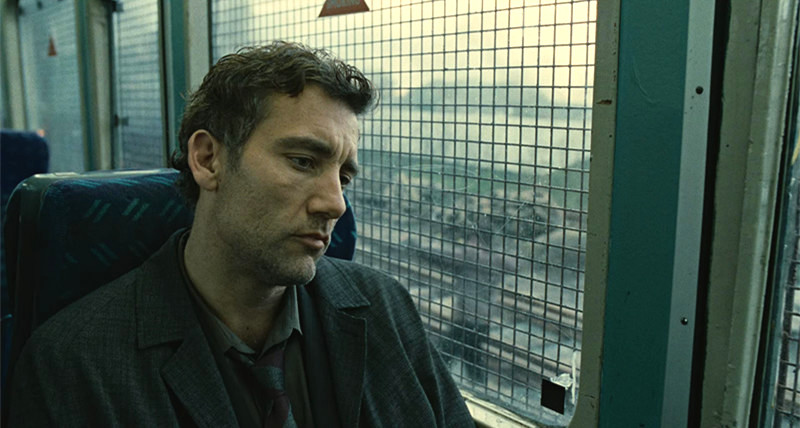
Ruins are physical traces of a past that no longer exists. They can be entire cities, levelled by natural disaster, or villages ravaged by war; in fiction, ruins can take an even greater variety of forms, from the aftermath of apocalypse to disintegrating fantasy worlds.
Ruins make for powerful images in cinema because they are visible manifestations of loss and time’s passage, and as such are often incorporated in films as visual metaphors for dying and decay.
The following list presents in order of release ten films that use ruins in thematically, atmospherically, and aesthetically compelling ways. Rather than simply operating as the backdrop against which narrative events happen to unfold, the wreckage and debris described here are crucial to understanding the films in which they appear.
1. Germany Year Zero (Rossellini, 1948)
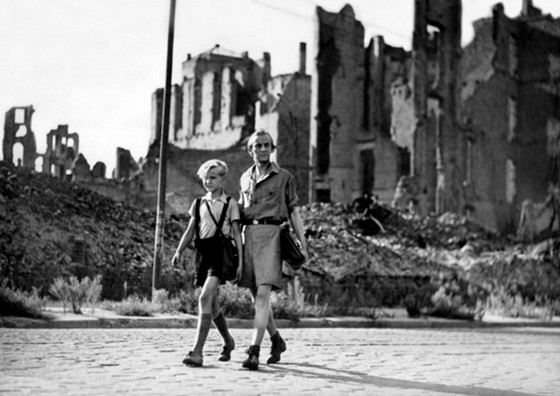
One of the quintessential post-WWII rubble films, Roberto Rossellini’s third installment in his War trilogy is essential viewing for cinephiles, and an integral member of this list. Filmed in the late 1940s immediately following the end of the Second World War, Germany Year Zero steeps its barely fictional story in the actual ruins of a decimated Berlin, which was at the time still reeling from the aftermath of the war.
The story chronicles the exploits of Edmund, a 13-year-old German boy whose increasingly desperate attempts at scraping together earnings for his family motivate the film’s tragic progression. His sister tends to their father during the day and prostitutes herself at night to get paid whatever she can. His older brother, a former soldier, locks himself in their tiny apartment for fear of being sent to a POW camp, but because he is unemployed, he is not eligible for a ration card, and his family has less food for it.
Tensions flare and hope dwindles; Edmund turns to crime to make ends meet. The plot unfolds with uncompromising bleakness, and the film positions itself at the nexus of realism and melodrama—realism in the actuality of the rubble and the tremendous hardships that push people to do terrible things, melodrama in the characters’ piercing expressions of anguish, tuned up to channel the cries of an entire people.
2. Spring in a Small Town (Mu Fei, 1948)
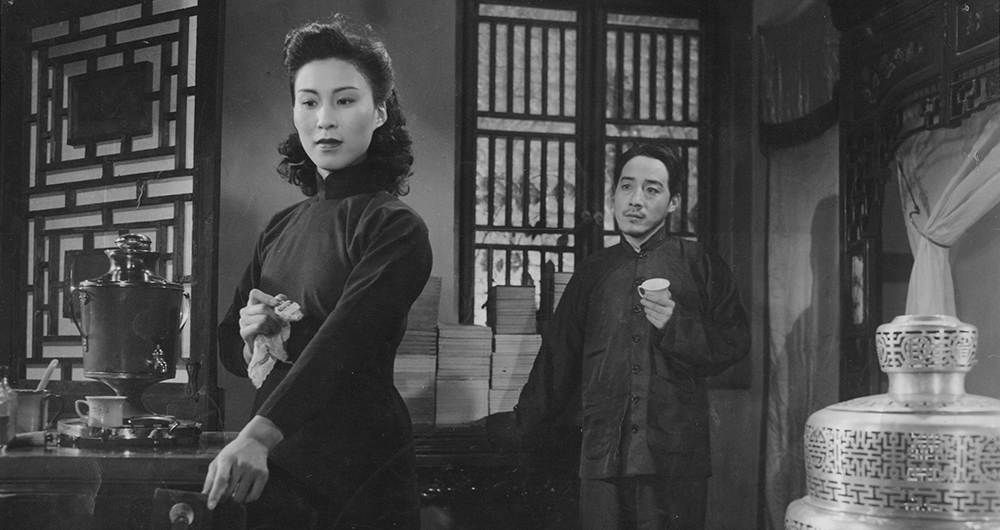
Few films convey the tension between the present and a vanished past more fully than Spring in a Small Town, a piece of exquisite, heartbreaking cinema set after the Sino Japanese War. The Dai family lives in the bombed-out remains of their old home, wallowing to varying degrees in the remnants of life before the war, whether they be physical debris or nostalgic memories.
The husband sits all day in the courtyard, dreaming of a glorious past era while feebly attempting to reassemble one of the demolished walls brick-by-brick—in other words, to reassemble that era and all that it meant to him. The medical diagnosis is that he suffers from tuberculosis; his wife, who narrates the film, believes that the malady is psychological, and we suspect she is right.
In contrast, his younger sister, newly turned 16, is blissfully unattached to pre-war life on account of her age. In this relationship alone (if one can even call it that, being that the husband shuts himself away from virtually all human interaction), the film embodies the generational divide that gives rise to two, drastically different stances taken by Chinese citizens toward the nation’s past: obsessive retrospection on the one hand, ignorance and amnesia on the other.
The wife is situated in between these two. On the one hand more physically mobile than her husband, which suggests that she is less spiritually debilitated, she also experiences much discontent about her present reality. Her marriage has become rote and loveless, a fact all the more underlined when her old flame reappears on the Dai’s doorstep.
What ensues is a parallelogram of competing affections between the wife, her husband, her former lover, and her husband’s younger sister, as well as a poignantly tense representation of a nation in flux. Will she—and the nation at large—be seduced by the past? Or will new paths forward be forged through the rubble?
3. Stalker (Andrei Tarkovsky, 1979)
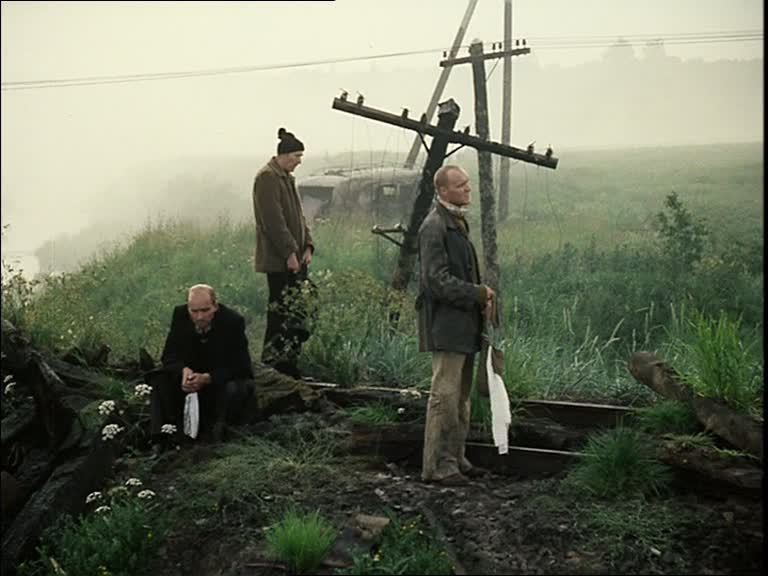
The most immediate appeal of Andrei Tarkovsky’s Stalker is its resemblance to a dream. Logic and rationality dissolve in the film’s poetic ebb and flow, which replace conventional narrative paradigms with long, drifting sequences that challenge the very nature of how we view films.
Shots continue for minutes on end, we grow bored then transition into a state of contemplating again with heightened attentiveness that which we had initially dismissed; this description is a paraphrase of Tarkovsky’s own words, revealing him to be an artist in total command of how his vision is realized onscreen.
This whole experience of a kind of transcendent viewing is intoxicating in its own right, and it isn’t until the latter half of the film that Stalker’s experiential structures are revealed to be inextricably tied to the vision of society Tarkovsky depicts. Up until this point, the film had been noticeably set in a deteriorating, steampunk landscape packed with the vestiges of industry and military might, but its significance had been largely lost to us. Now, a shift has occurred.
The film’s characters have moved beyond being merely literal figures in a bizarre sci-fi world to occupying allegorical roles; they seem now to collectively portray the plight of religion and spirituality in modern times.
Through their dialogue, Writer and Professor are shown to be skeptics whose rational minds conflict with a longing for spiritual fulfilment, whereas the Stalker, in the way he entreats his followers to believe (if not in so many words) and has a dream heavily evoking the imagery of Revelations, comes to resemble a man of faith struggling against an environment of cynicism.
In light of Stalker’s potential status as allegory, Tarkovsky’s dystopia makes sense: the film imagines a world where humankind’s push for progress—in areas military, technological, economic, or otherwise—has ironically caused us to regress.
It is a world (read: our world) devoid of hope, and in having Writer and Professor, stereotypically two of the most resistant to any semblance of spiritual faith, be the ones in pursuit of meaning beyond the earthly and human realms,
Tarkovsky suggests that such a desire exists in all of us. With regard to this vision, Stalker’s aesthetic form becomes an experiential parallel to the film’s thematic concerns. By avoiding narrative convention, the film refuses the impulse to rationalize on the viewer’s behalf, instead challenging us, alongside Writer and Professor, to move beyond reason and empiricism to see reality anew.
4. 25th Hour (Spike Lee, 2002)
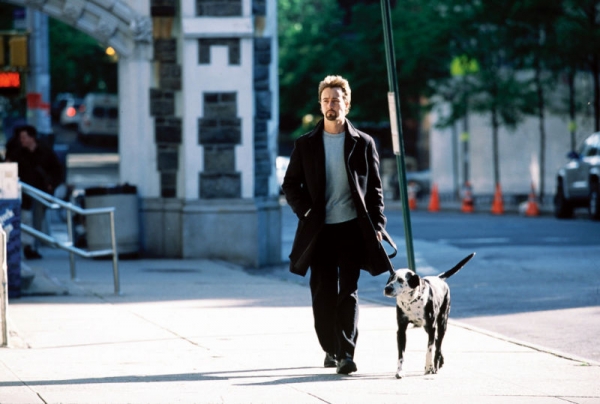
At the level of plot, Spike Lee’s film tells of a busted New York drug dealer’s final day before prison, during which time he spends saying farewells and wallowing in regret. The clock ticks, lending urgency and elevated significance to every final conversation he has, every neighborhood locale he frequents for the last time.
As a study in missed opportunities and denied redemption, 25th Hour is a drama of the highest order defined by nervous, emotive performances and momentous atmosphere. But amid this story of one man’s personal purgatory, history looms large, demanding us to place the film in its proper context.
For although the dealer Monty moves through a variety of urban spaces, one remains a constant presence: Ground Zero, whose decimated remains can be seen from the window of one character’s apartment and whose former towers are signaled in the opening credits by twin beams of light shining skyward.
Technically, 25th Hour isn’t set “among” the ruins of the World Trade Center. The site of the tragedy is only ever glimpsed at a distance, and most of the time not at all. But the film’s historical context—the movie was released within months of the attacks—finds such potent articulation in the film’s construction that the sense we get when watching 25th Hour is not merely of 15-acres of rubble in Lower Manhattan but of an entire city, wounded and tense, and the broken country for which it functions as microcosm.
The film’s dual status as character study and post-9/11 social allegory appears most visibly in what is surely one of the most powerful sequences in contemporary cinema. Facing a mirror, Monty vents his self-loathing at the numerous socioeconomic and ethnic groups in the city. His outburst is painfully familiar as a method of deflecting blame, but it also comes to evoke the finger-pointing characteristic of American life after the attacks.
In spreading the hate-speak evenly across all groups—black as well as white, American-born as well as immigrants—Lee uses Monty’s monologue to make the trenchant claim that the real wrong lies not with any of the accused groups but with the mindset of the accuser. At the time of 25th Hour’s release, this fact was ignored if not outright forgotten by many Americans, making Lee’s film that much more potent, that much more necessary.
5. 28 Days Later (Danny Boyle, 2002)
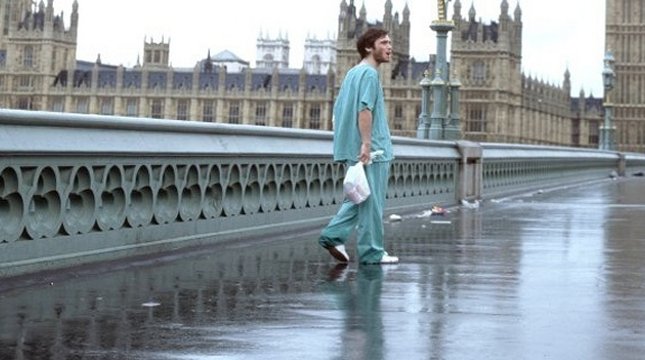
The most startling characteristic of Danny Boyle’s 28 Days Later is its velocity. Within a month of diegetic time and minutes of runtime, the world has been laid waste to by a virus that turns human hosts into frenzied cannibals. Within these hosts, it takes only 10-20 seconds for the virus to take effect, an alarmingly small amount of time that the script makes it a point to spell out for us.
Most famously, in contrast to the walking dead tradition set by George Romero, Boyle’s undead are sprinters—they pursue their victims not in shuffling steps but in mad dashes, rabidly chasing down those few uninfected humans still wandering the streets and countryside of Britain.
The images of urban ruin in 28 Days Later are striking—it’s not every day that you get to see London as ghost town, and to watch once lived-in spaces (literally) overrun by human bodies that have been savagely stripped of all sense or soul is part of the zombie genre’s effective uncanniness—but these images are most impressive when viewed in tandem with the film’s larger vision of civilization gone down the drain.
It is obvious by the movie’s opening scenes that society’s physical, political, and economic infrastructure had collapsed in the wake of the zombie apocalypse, but it takes a little longer for us to see that much of the ostensibly innate human goodness had gone with it.
Faced with the demands of survival and the possibility of extinction, some characters in 28 Days Later are willing to commit atrocities traditional morality would have deemed unthinkable, a fact the protagonists discover in the film’s bloodcurdling climax. Indeed, the real horror of Boyle’s film lies not in the biological effects of the virus, but in seeing the world as we know it torn asunder from the level of government down to that of “humanity.”